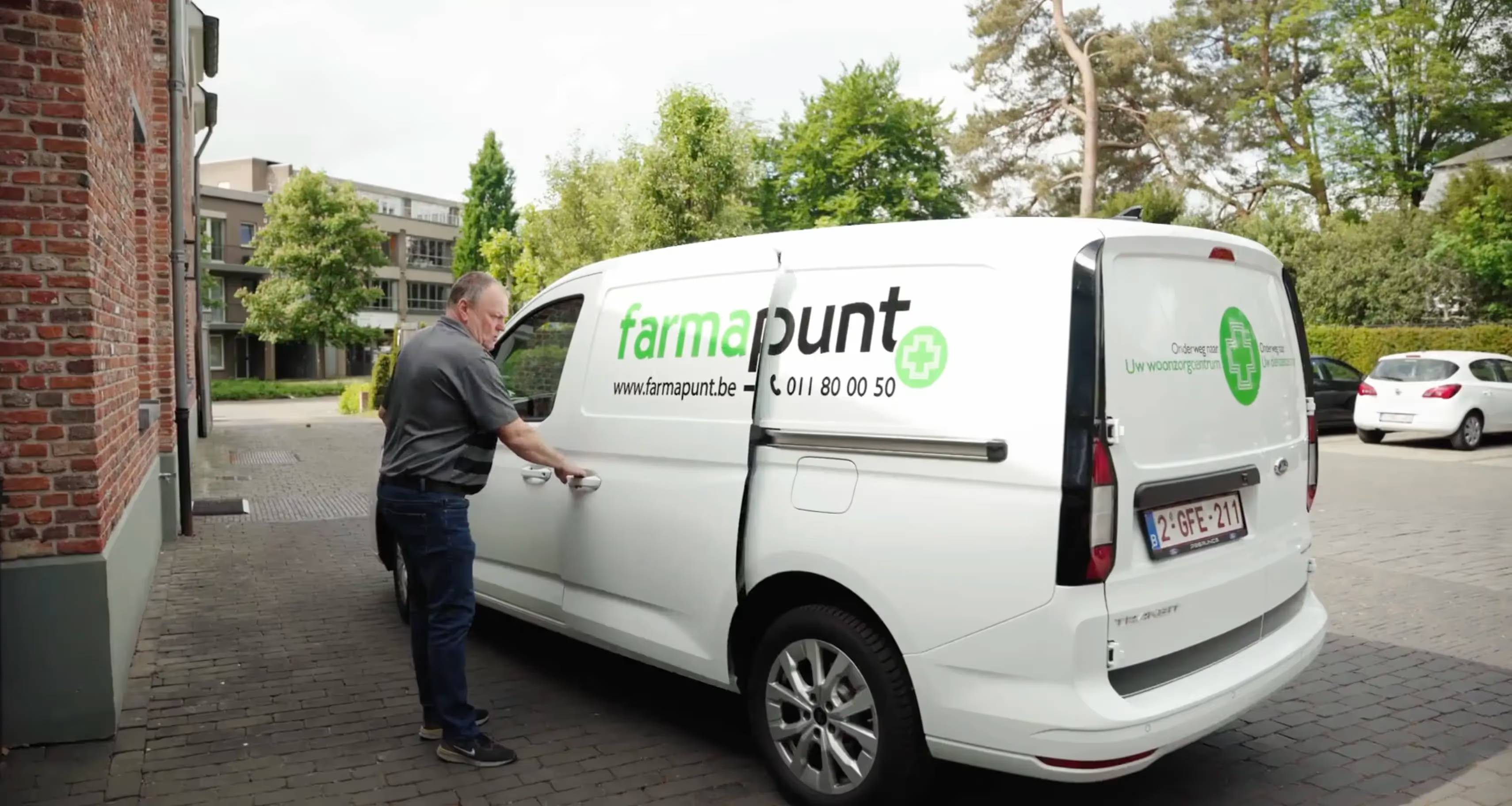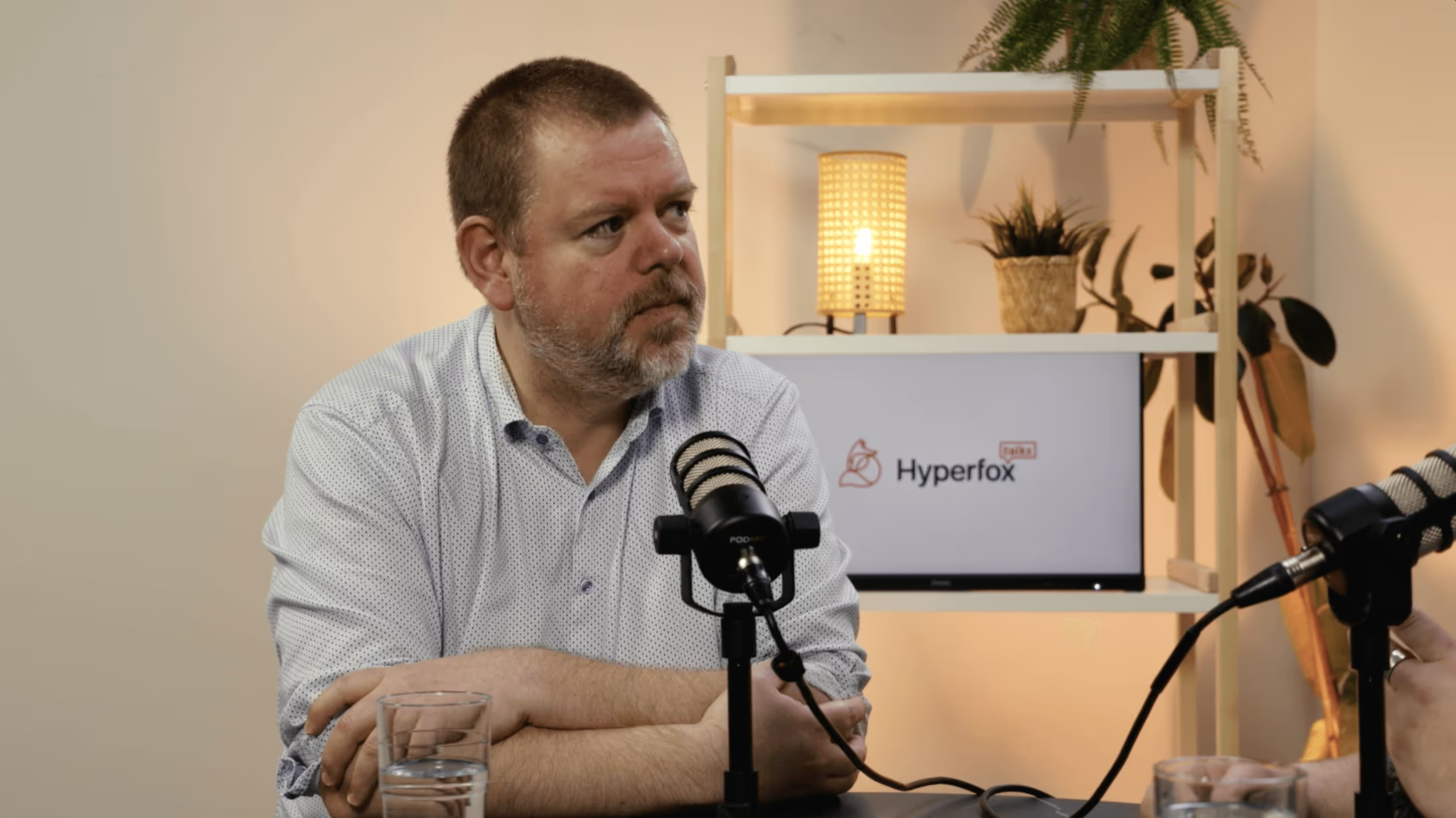Discover how adopting small, sustainable changes can revolutionise your approach to operational efficiency and process automation, inspired by 'The Atomic Habits’ book.
In our continuous exploration of operational efficiency and process automation, we often encounter the need for significant changes. However, as we've learned from James Clear's book, "The Atomic Habits", and as emphasised in our previous blog post on the Value Innovation Matrix - small changes with low effort can lead to substantial impacts, think about quick wins. This blog post delves into how incremental adjustments can revolutionise business processes and operational efficiency.
The power of incremental changes
Setting ambitious goals, such as losing 10 kilos, requires a change in routine, habits and mindset. However, as we've seen with our latests insights on the Value Innovation Matrix, the key to long-lasting, high impact successes aren’t that easy, these are often complex tasks that require a lot of effort. You can compare them to strategic innovations, the bigger wins.
This also applies to operational processes. Once designed, they have become distorted, ad hoc adjusted, source of sloppiness over the years. The operator on the shop floor has cultivated bad habits, the owner of the process's bad habit is drifting to "business as usual", bad habits and not updated processes, that is absolutely avoidable.
The process has become obsolete, a black box and clear insight is lost. A basic recipe for disaster, and institutionalised bad habits will not benefit the outcome either. So get to work.
To achieve this, you can first break down complex tasks into solution-oriented small, sustainable steps rather than starting with drastic measures. This concept applies equally to personal goals and operational improvements in businesses. Instead of drastic improvements, focusing on small, sustainable changes can yield better, long-lasting results.
Applying 'The Atomic Habits' in operational efficiency and process re-engineering
'The Atomic Habits' book underscores the importance of small, consistent changes, which is a critical concept in operational efficiency and process re-engineering. By aligning these principles with strategies of continuous improvement, businesses can create a synergy between gradual process improvements and innovative value creation, leading to enhanced operational efficiency and a more agile approach to re-engineering processes.
For instance, consider a logistics company facing challenges with its supply chain management. Instead of a complete switch, which can be resource-intensive and risky, the company could start by re-engineering a single process, such as automating the tracking of inventory. This small change could lead to larger benefits, such as reduced lead times and improved inventory accuracy, cumulatively enhancing the overall supply chain efficiency.




.png)




